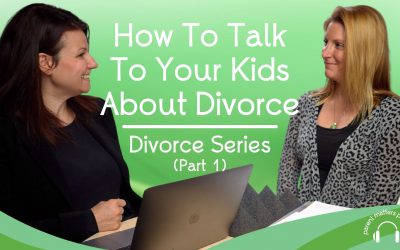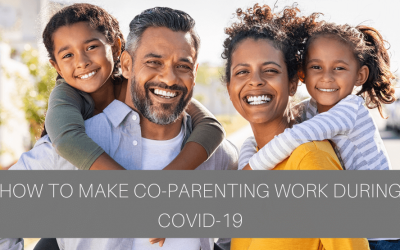Divorce & Children
– Definitive Guide for Parents (2025) –
Divorce is never easy and it affects everyone in your family.
In this divorce guide for parents, we’ll help you cultivate healthy, thriving children even when a separation or loss occurs within the home.
So, let’s get started!

Be Age Appropriate
Telling your children about the divorce in developmentally appropriate ways is crucial to help them understand the changes that are occurring in the home.
Sometimes, words are something that children do not understand yet. Using dolls, pictures, or multiple dollhouses can help the child understand that the parents are no longer going to be living together.
Keep It Simple
The fewer words the better. Because it is a big change for the family, and a major loss, children do not always understand the story of how their family structure is changing.
It may be difficult for them to process too many words. So keep the story simple and empathetic.
Such as, “This is very hard for us to share. The family is going to be changing, and your mother and father are not going to be living in the same house anymore.”
Oftentimes, parents use lots of words when they themselves are confused, because divorce is a challenging time. It is important to know that it is okay if your child asks you a question that you do not know the answer to. Such as, “Where is Mom or Dad going to live now?”
It is okay to say that you do not know, at that moment and reassure that you will add to the narrative once you and your co-parent have come to a conclusion.
Be Consistent Without Placing Blame
This is probably the most difficult tip. It is hard to remain neutral and work together with the other parent when there is a loss occurring within the relationship. It is so difficult not to place blame when you feel that the other parent is at fault.
Remember, that when you are giving a narrative to your child, you are showing that both parents are going to be working together and remain co-parents forever. Although partners may not agree with one another, they both have to show consistency in the narrative so that the child does not develop unhealthy relational patterns to one parent.
Getting a divorce is a painful process, and it can stir many emotions that are difficult. It is even harder to work together as parents to help children remain connected to both parents. Children need to understand that even through divorce, parents can work together in times of loss, stress, and disagreement.
CHAPTER 2
How to Help Your Child Through Divorce (Age-By-Age Guide)
Divorce is a messy process for children.
There are many layers of stress & anxiety when trying to parent your children through your divorce. Depending on the age of your child, there may be a range of reactions and emotions that arise.
Here’s an age-by-age breakdown of how children react to divorce and how you can help them.

How Babies React to Divorce (Birth-18 months)
Developmental Insights
Babies can’t understand reasoning for conflict at home, but they do understand the feeling of tension picked up from their parents. They don’t possess the needed coping skills to deal with the adjustments and rely entirely on caregivers to help soothe.

What to Look For:
- An increase in clinginess
- Emotional outbursts
- Irritability (especially around new people)
- Signs of backsliding in previously met developmental milestones
How to Soothe the Transition:
- Spend extra time holding and snuggling your baby, especially when you’re at ease with yourself.
- Establish routine, familiarity, and consistency. Knowing what to expect is a comfort to growing babies.
- Provide comfort to your child by remembering to bring along a blanket, their favorite toy, or any other security item. If you are transitioning back and forth between homes, make sure to pass off your child’s security item.
How Infants React to Divorce (18 months-3 years)
Developmental Insights
Egocentric (self-centered) thinking becomes the main perspective of children this age. When splitting up happens during this age, a child often believes they caused the breakup. Also, a toddler’s primary bond is with their parents, making disruptions difficult to comprehend and accept.
What to Look For:
- Crying
- A return to thumb sucking
- They may desire more attention than usual
- Fear of abandonment
- Difficulty falling asleep
- Difficulty sleeping alone
How to Soothe the Transition:
- Spend quality time together with your child, offering extra special attention. Sometimes asking trusted family and friends to do the same helps share the burden.
- Continually assure your child that your breakup is not his or her fault. It might surprise you how often you will need to keep communicating this point.
- If possible, work together as parents to establish predictable routines, making them as easy to follow as possible for your child.
- Integrate feelings and emotions into your speech, and help your child recognize the feelings they are having.
How Children React to Divorce (4-8 years)
Developmental Insights
No matter how clearly you explain what is happening, your child still may not understand the concept of divorce. Your home can be the most conflictual and tense place on Earth, but he or she won’t comprehend why that is a reason to separate.

This stage is full of your child trying out what they can do and how much they can control as they develop independence. In their quest for control, having what feels like no power over parents behavior can leave them feeling powerless.
And yet, like the toddlers mentioned in the previous section they still believe that something they did is responsible for parents’ separation.
What to Look For:
- Controlling and trapping anger inside
- Feeling uncertain about what the future holds
- Having and expressing ideas or thoughts that are unpleasant
- Nightmares plaguing sleep
How to Soothe the Transition:
- The more open and positive you can be as parents, the more your child will reflect an open and positive attitude and mood.
- Provide ways for expression of feelings and someone to talk with, whether that be a counselor or a therapist.
- Read age-appropriate books on emotions and divorce.
- Set up a visitation schedule with a noncustodial parent and stick to it as consistently as possible. This makes kids feel safe and secure.
How Pre-Teens & Teens React to Divorce (9-19 years)
Pre-teens and teens in this stage, especially in the younger years, fear abandonment and conceptualize separation as parents divorcing them. Magical thinking and play are present, and teens will often fantasize about their parents reuniting.
They are even potentially strategizing about how their behavior (good or bad) will get you back together. Blaming of and expressing anger towards one parent is often typical.

What to Look For:
- Lashing out (aggression, fighting, etc.)
- Withdrawing (becoming anxious, depressed, etc.)
- Headaches and upset stomach
- Making up symptoms to stay home from school
How to Soothe the Transition:
- Peers become important to children at this age. Encourage extracurriculars and peer friendships to ease feelings of extreme loss and build self-esteem.
- Quality time is huge! Spend as much of it together as possible and encourage openness about feelings. If your child senses you can’t handle their difficult emotions, they will continue withdrawing them.
- Verbalize that divorce is not the child’s fault. Verbalizing it brings the fact into reality and leaves no assumption or questioning on the part of the child.
Short Term & Long Term Effects of
Divorce on Children
The effects of divorce on children are often severe and extensive. Major changes in a child’s life, such as divorce, remarriage, and blending of families, can pose significant behavioral challenges.
Children of divorce are often involved in conflicts between parents such as being asked to bring messages between each parent or being coerced into taking sides. In this scenario, children will know their parents as enemies instead of people working together to parent them.
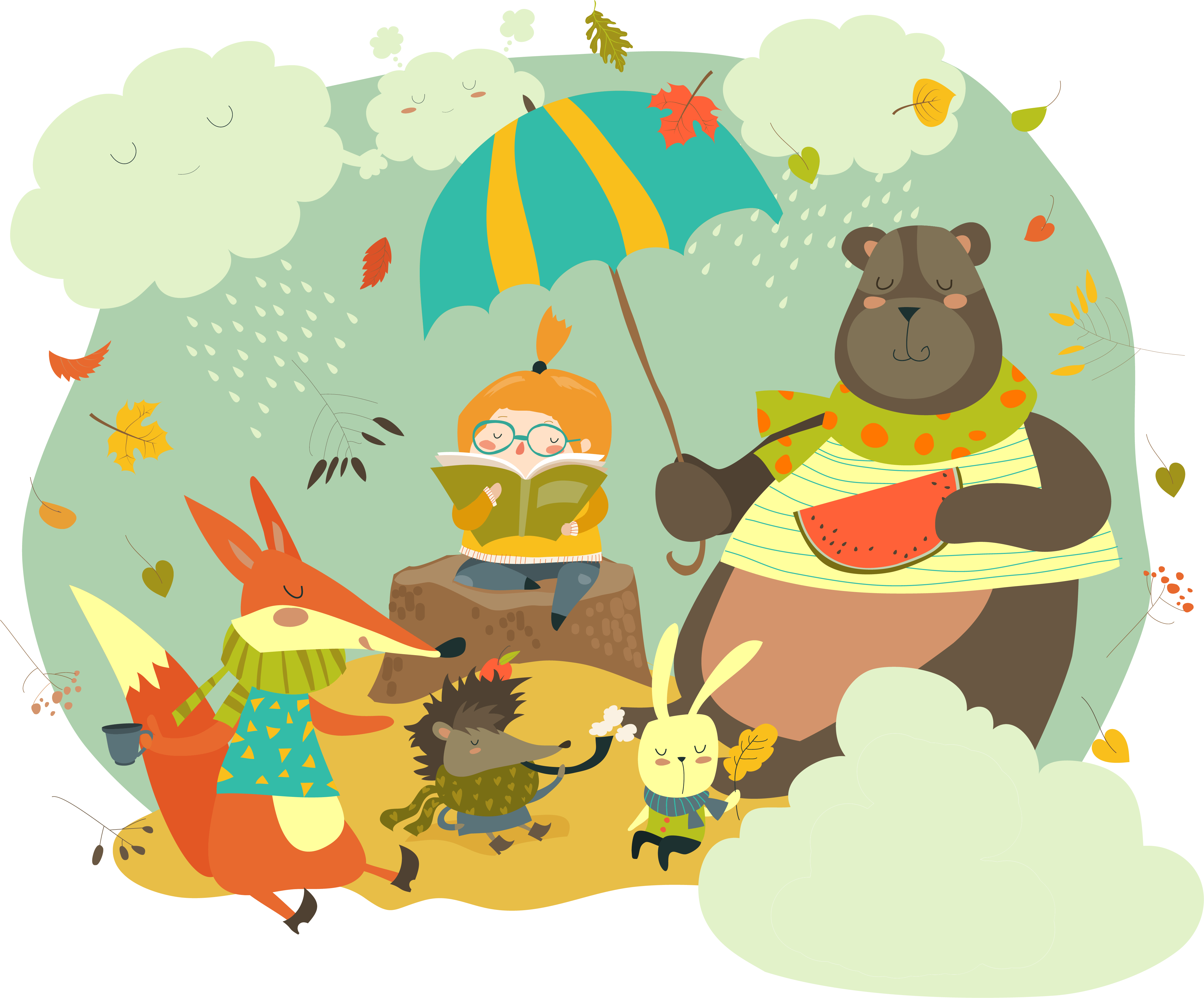
Short Term:
- Confusion over separate households & schedules
- Difficulty adjusting to loss of same gender parent (Boys having to adjust to losing male role model when dad moves out)
- Possible standard of living changes (moving from a house to an apartment or less money for toys and/or basic needs)
- Lower academic achievement due to less parental support
- Higher levels of anger, sadness, and anxiety
- Decrease in self-esteem and well-being
Long Term:
- High levels of anxiety and depression in their teens and early 20’s
- Fears of abandonment and loss leading to poor decision making
- Substance abuse and sexual impulsivity
- Fear of intimacy in romantic relationships
- Inability to maintain friendships and relationships
Why Early Intervention is Important
It is important for you to make sure your child has academic and mental health support throughout your divorce process. The relational turmoil you are going through is also what your child is going through.
Remember that divorce is not a single event in time– it is experienced by your family long after initial separation. The conflict witnessed by the most important people in your child’s life–you and your former spouse–has a long term effect on your child’s mental health.
Early therapeutic intervention to heal broken attachments, coupled with building your relationship, may be the quickest path to healing. It takes relationships to heal relationships.
Here are some tips to help you reduce the long term effects divorce may have on your child:
- Help your child maintain relationships with both parents; if possible
- Form consistent routines and schedules
- Spend as much quality time with your child as possible
- Find activities to do with your child that don’t require extra money
- Allow your child a safe space to express their feelings and emotions
- Seek help from a child counselor or therapist
- Seek individual counseling for yourself
- Slowly introduce a new partner or relationship into the family to allow your child to adjust
Types of Therapy & Counseling for Children of Divorce
Early therapeutic intervention is crucial to curtail the effects of divorce. So what types of therapy should you consider for your child while going through, or after, a divorce?

Reunification Therapy
Usually seen in divorced or separated families, Reunification Therapy is a type of family therapy designed to repair the relationship with one parent and a child who’s refusing to spend time with them. This can happen because of parental neglect or abuse, or in some cases, the stress of divorce causes the child to reject a parent without reason.
There are two types of Reunification Therapy (sometimes called Reunification Counseling); voluntary and court ordered.
Voluntary Reunification Therapy
Voluntary Reunification Therapy is just that; voluntary. If you notice that your child is pulling away from you or your ex, or exhibiting signs of stress or anger against either parent, making the choice to seek help sooner rather than later can jump start the healing process for the whole family.

Court Ordered Reunification Therapy
Court Ordered Reunification Therapy is a more structured form of Reunification Therapy. It involves a court order from the judge with specific rules and milestones that need to be met and usually involves a court appointed counselor or therapist that will report back any findings or issues that arise.
Typically, each family member will have their own therapist for individual counseling sessions as well as a family therapist for joint sessions.
Challenges of Reunification Therapy
- Children may resist counseling and refuse to participate
- It’s a long term commitment, often taking several months or years to see positive changes
Benefits of Reunification Therapy
- During individual sessions, each family member is given their own space to air grievances
- During group sessions, the therapist is able to see the family dynamic and facilitate more positive interactions
- Parents will be given tools to strengthen the parent-child relationship outside of the therapist’s office
Individual Counseling
Children of divorce may feel a variety of emotions from sadness and anger to relief. It is important for you to make sure your child has mental health support throughout your divorce process.
The relational turmoil you are going through is also what your child is going through.
Your child may feel:
- They have to take sides or choose between their parents.
- They need to hide their true thoughts and feelings.
- They are experiencing a kind of divorce in their relationship with either parent.
- More anxiety and depression as they experience turbulence at home.
- A lower sense of self-esteem, especially if they hear their parents disparage each other.
This is the time to find a trusted Child & Adolescent Therapist to help your child with their big emotions during this confusing time.
Remember that divorce is not a single event in time. It is experienced by your family long after initial separation.
Play Therapy
Play Therapy is a form of psychotherapy that uses play, which is the primary language of children, to resolve issues and promote healing. If play is the language of children, toys are their words.
Trained Play Therapists specialize in interpreting the language of children’s play.
During play therapy, children create play that resembles the difficult or traumatic experiences they are struggling with internally, such as separation from a parent during or after divorce. When facilitated by a trained play therapist, the play becomes focused on the purposes of emotional healing.
This leads to a reduction of symptoms (i.e. acting out and aggressive behaviors, somatic complaints, withdrawal or regression, etc.) and the reestablishment of balance in the child’s sense of well-being.
CHAPTER 5
Collaborative Divorce
When parents divorce, it’s always better and easier to settle issues such as child support and child custody outside of court.
And most parents choose to resolve disputes outside the courtroom, often with the help of a mediator, as this is not only cheaper but healthier for the kids
as well.

Still, there are instances where both parties find it hard to put their differences aside and can’t seem to come to an agreeable arrangement. When this happens, the legal system has to step in and help determine what’s best for both parties as well as the children.
What is Collaborative Divorce?
Collaborative Divorce is a process allowing couples to negotiate the terms of a divorce, such as property division, child custody, spousal support, etc with the help of a legal team. It usually involves the help of a mediator and a negotiator to ensure both parties can come to an agreement that benefits the entire family.
How to Navigate Child Custody Through Collaborative Divorce
When tackling the tough subject of child custody, it’s important for both parents to pursue a common goal, and that is the best interest of the child. It’s necessary to determine which parent is a better fit for the role of the primary custodial parent
Depending on the age of the child, you may also factor in their opinions and choices and let them decide for themselves.

There are also other factors that come into play such as:
- Living Conditions – It’s important to ensure that custody is granted to the parent who can provide the living conditions that are best/ideal for the proper growth and development of the child or children.
- Continuity & Stability – Divorces can have traumatic effects on the kids, and to have them adjust to changes other than the separation of their parents can be too much for them to bear. Continuity and stability are essential to the well-being of the children, and custody should go to the parent who has a leg up in those criteria.
- Age & Preference of Children – In some instances, it’s for the best interest of young children to be in the care of their mothers, especially if the mother has been their primary caretaker for most of their lives. On the other hand, children over the age of 12 may have a say on which parent they want to live with.
- Relationship of the Child with the Parent – Children need to grow up in an environment where they feel comfortable and loved. Thus, the relationship of the parent to the child/children, especially before the divorce, plays a crucial role in determining child custody.
CHAPTER 6
Divorce Resources for Children & Parents
Divorce is a tough subject for all involved. You may not have the words to express your feelings to yourself much less trying to explain what’s happening to your young children.
Fortunately, we live in an age where we have a ton of resources at our fingertips from books to apps and everything in between.
Here are a few resources we find helpful, including recommendations from Susan Stutzman, owner and Child Therapist at Kid Matters Counseling.
——————————————–
DISCLOSURE: This section contains affiliate links, meaning we get a commission if you decide to make a purchase through our links, at no cost to you.

Books on Divorce for Parents
- The Truth About Children & Divorce: Dealing with Emotions So You and Your Child Can Thrive by Robert E. Emery PhD
- Talking to Your Child About Divorce: A Parent’s Guide to Healthy Communication at Each Stage of Divorce by Jean McBride MS LMFT
- How to Talk to Your Kids about Your Divorce: Healthy, Effective Communication Techniques for Your Changing Family by Samantha Rodman
- Healthy Children of Divorce in 10 Simple Steps: Minimize the Effects of Divorce on Your Children by Shannon Rios Paulsen LMFT
Books on Divorce for Children
- Two Homes by Claire Masurel
- Two Homes Filled with Love: A Story about Divorce and Separation (My Dragon Books) by Steve Herman
- Divorce Is Not the End of the World: Zoe’s and Evan’s Coping Guide for Kids by Zoe Stern
- My Family’s Changing (A First Look At Series) by Pat Thomas
- It’s Not Your Fault Koko Bear: A Read-Together Book for Parents and Young Children During Divorce by Vicki Lansky
- Dinosaurs Divorce (Life Guides for Families) by Marc Brown
Workbooks on Divorce for Children
- Getting Through My Parents’ Divorce: A Workbook for Children Coping with Divorce, Parental Alienation, and Loyalty Conflicts by Amy J. L. Baker PhD & Katherine C. Andre PhD
- Cory Helps Kids Cope with Divorce: Playful Therapeutic Activities for Young Children by Liana Lowenstein
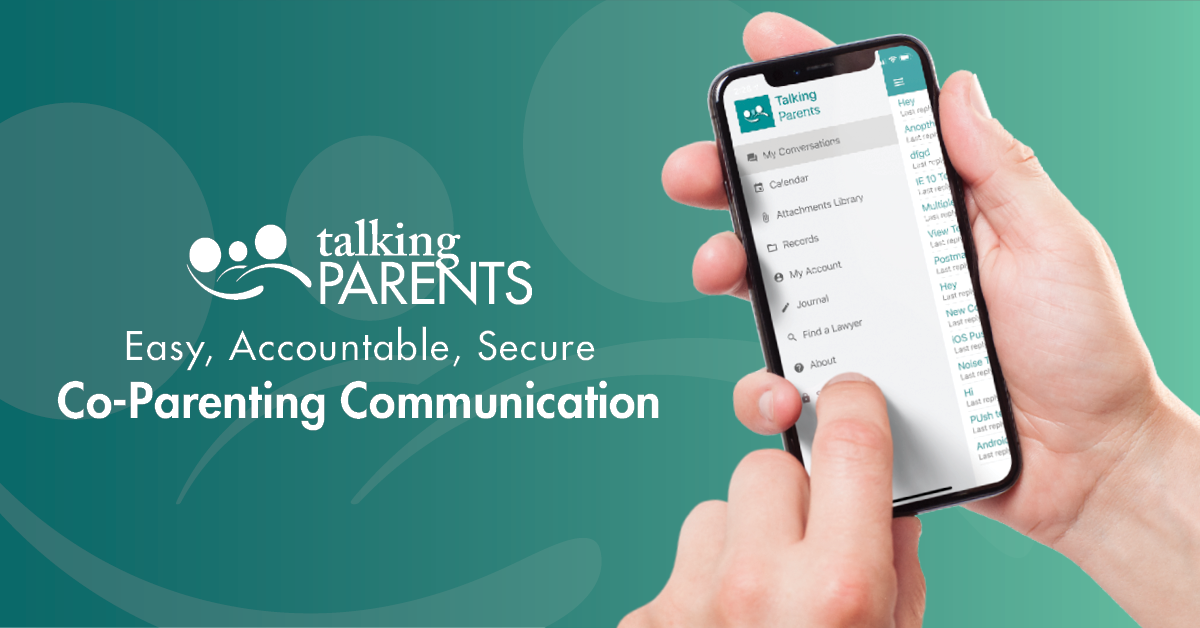
Divorce Apps for Parents
- TalkingParents
- SupportPay
- Divorceify
- Mend
- Happify
- Moodpath
Divorce Apps for Kids
- Breathe, Think, Do with Sesame Street
- DreamyKid
- Moodpath
- SmilingMind
- Children’s Bedtime Meditations

CHAPTER 7
Support for Divorced Parents
While divorce puts a strain on your children’s lives, It’s stressful for parents as well and you may find that you need some additional support to help you stay in the best state of mind while moving through this tough transition.

4 Ways to Practice Self-Care During & After Divorce
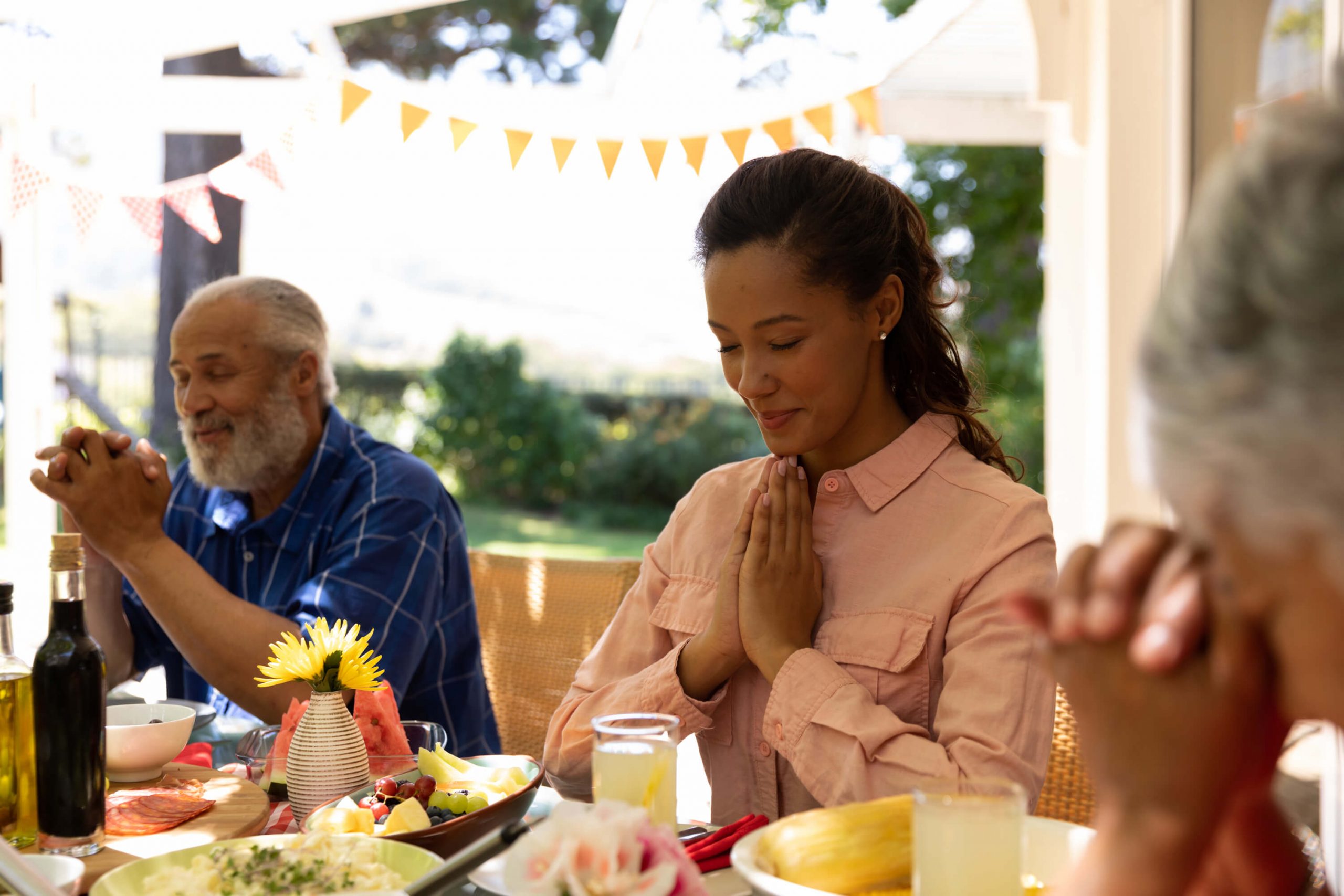
1. Prayer and/or Mindfulness
Now’s the perfect time to reconnect to your higher power or take up a mindfulness practice.
Taking time each day, whether that’s taking a few minutes in the morning to concentrate on calming your breath, or carving out a few moments at night and praying before bed, can have a huge impact on your mental health and stress while going through this difficult time.
2. Healthy/Mindful Eating
Nutrition plays a huge part in maintaining your mental health. Whole grains and fresh fruits and veggies fuel your mind and your body to function at its best.
It also keeps your blood sugar at an even level, preventing sugar crashes, irritability, and headaches which can increase anxiety, stress, and poor decision making. But, if you do overindulge, don’t beat yourself up! This is a stressful time. Allow yourself some grace and start again the next day.


3. Exercise
Moving your body several times a week is a great way to expel excess energy and clear your mind. This doesn’t mean you have to go full out at the gym or with a bootcamp workout.
It can be as simple as going for a 10-min walk around the block, going to the park with your dog, or playing in the yard with the kids. Find moments for physical activity to give your mind a chance to rest.
4. Journaling
Daily journaling is a great way to take all the thoughts running through your mind and put them down on paper. When we write them down, it can give us a greater perspective on our feelings and emotions, and clears our mind to find a solution.
When journaling, don’t think about grammar or proper sentence structure. Just write. If you don’t know where to start, write down the tasks you completed that day and see if it sparks you to continue writing.

Seek Support
Parents, one of the best things you can do for yourself during this difficult time is to seek help and support. Whether that’s through counseling, friends and family, or support groups, there are so many resources out there for your to choose from.
Some resources to try:
PsychCentral – Psych Central is a go to resource for all things mental health. They have up to date information on topics such as anxiety and depression, as well as PTSD and relationship issues.
DailyStrength – Daily Strength is an online support group where you can talk anonymously about what’s going on in your life and get support from others going through the same life changes.
BetterHelp – At Better Help, you get access to licensed counselors and therapists to help you along on your mental health journey. They cater to those wanting distance and remote counseling, making it a convenient option for parents who already have a packed schedule.

Final Thoughts

Going through a divorce while also trying to support your child through this tough transition can be a struggle. We hope that by providing you with the strategies, techniques, and resources discussed on this page, it makes your job a little bit easier.
If you feel you could use some additional support creating a custom treatment plan for your child, click below to schedule an appointment with one of our child therapists today!
Kid Matter Articles on Divorce
How to Co-Parent Through Divorce – Divorce Series: Part 2
Divorce can be painful for both children and parents. It gets worse when you and your former partner don’t know how to co-parent your children. We believe there’s a way to work together and co-parent that helps your kids understand this difficult transition. So here...
How to Talk to Your Kids About Divorce – Divorce Series: Part 1
One of the most difficult aspects of divorce is the initial conversation where you tell your kids that dad and mom are no longer living together. You and your partner may agree with separation, but not necessarily your kiddos. They try to understand your separation...
How to Make Co-Parenting Work During COVID-19
In the best of times, co-parenting can be challenging but when you add in a pandemic and the start of a new school year, the situation can feel downright impossible, especially if you and your ex have difficulty seeing eye to eye. During COVID-19 your family’s safety...
New Clients Call: (855) 586-1802
Current Clients: (855) 543-7687
Ask Us Anything!
We help anxious kids and frustrated parents. We serve Hinsdale & the Western Suburbs of Chicago.
Made with ♥︎ in Hinsdale, Illinois for Chicago
Built By Brand Your Practice.
Kid Matters Counseling, P.C. DISCLAIMER: This website and blog are for informational, educational and general discussion purposes only. It is understood that no guarantee or warranty arises from the information provided, discussed or commented upon in this website and blog nor does it constitute legal or other professional advice on any subject matter. Access to this website and blog is voluntary and at the sole risk of the user. If you think that you have a medical emergency (including clinical), call your doctor or 911 immediately. A licensed medical professional should be consulted for diagnosis and treatment of any and all medical conditions. While the information contained within this website and blog is periodically updated, no guarantee is given that the information provided is correct, complete, and/or up-to-date. See our complete Privacy Policy and Terms of Service.







